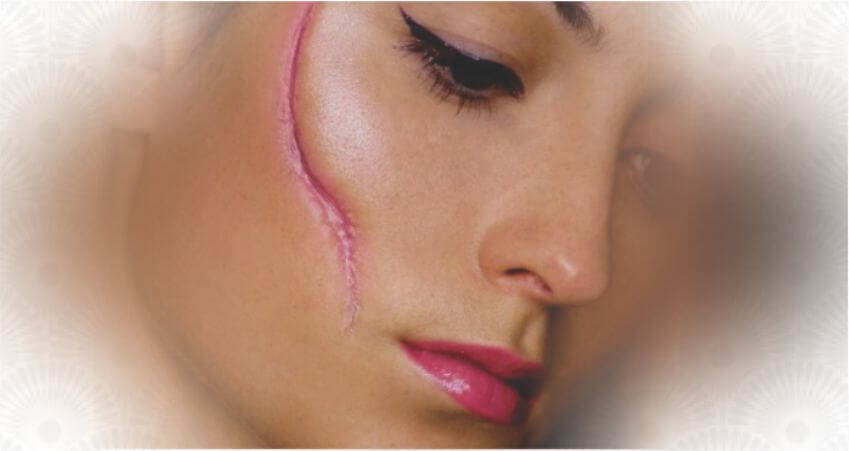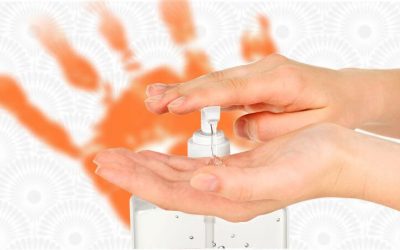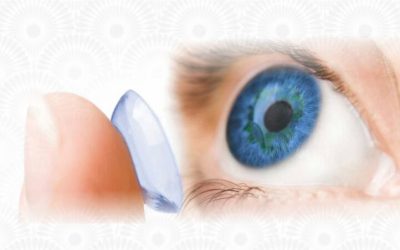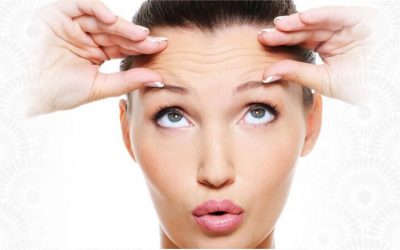Why Scars??
Whenever there is a injury there is a Scar formation, the wound healing process is a natural consequence which occurs whenever tissues in the body are damaged by a physical injury. A fresh is usually reddish, sometimes itchy and slightly elevated. Over a period of time it flattens and at times depigmented (loss of pigment) and within a period of days to months becomes normal. Scars could be pathological in nature too, due to abnormal responses to trauma and can be itchy and painful, causing serious functional and cosmetic disability. These scars are described as Hypertrophic scars or keloids. Few factors that promote hypertrophic scar/keloid include mechanical forces on the wound, wound infection, and foreign body reactions. Severity of inflammation and the type of immune response (in the individual) predisposes to excess scar formation.
Hypertrophic scars (HTSs) are visible and elevated scars which usually do not spread into surrounding tissues and very often regress spontaneously. These scars develop due to ploriferation of the dermal tissue, with excessive deposition of fibroblast and collagen. This occurs over a long period and by persistent inflammation and fibrosis.
Keloids are benign fibrous growths that are caused because of abnormal connective tissue response in certain predisposed individuals. Dark skin individuals develop keloids more often than whites. Keloids are difficult to treat and need multimodal therapies to relieve symptoms.
The most successful non-surgical treatment of an HTS or keloid is achieved when the scar is immature and the overlying skin is intact.
Treatments for Hypertrophic scars and Keloids Includes:
- Intralesional corticosteroid injections: The scar tissue is injected directly with steroids mostly Triamcilonone Acetonide. Injected once in every 3-4 weeks. In case the keloid or the HTS is older than combination therapy is required.
- Pressure Therapy: This has been quite prevalent since the 1970’s . In cases of burn scars this proves very effective. Pressure garments decreases the collagen synthesis by limiting capillary perfusion(blood flow), thus decreased oxygen supply to the scar tissue. Continuous pressure of 15–40 mmHg for at least 23 hours per day for more than 6 months while the scar is still active is what is recommended.
- Laser Treatments: Pulsed dye laser (PDL) 585-nm, was first described as promising for the treatment of younger hypertrophic scars and keloids. Two to six treatment sessions are recommended to successfully improve scar color, height, pliability, and texture. Few other lasers Like Long Pulsed and Pulsed Nd Yag are also useful to a certain extent. Conventional CO2or Erbium: YAG lasers may be recommended for the ablation of inactive hyper-trophic scars with good results.
- Radiotherapy: Superficial X-rays, electron beam and low- or high-dose-rate brachytherapy are few which have been employed primarily as an adjunct to surgical removal of keloids. The with overall benefits is reduction in recurrence.
- Botulinium Toxoid(BTA): This is One of the Emerging Treatments in the Treatment of Scars. BTA immobilizes local muscles, reduces skin tension caused by muscle pull, and thus, decreases micro trauma and subsequent inflammation. These are injected once in 3 months for a period of 9 months at least.
- Slicone Based Products: These products have gained a lot of popularity as they have good results and easy to use. Pressure is not the action which brings in the effects. Silicone sheets increases the hydration status of the scar by decreasing the water vapor transmission loss . A buildup of moisture on the skin surface under the silicone sheet improves the scar tissue. Silicones sheets proves effective when used for 12–24 hours per day over a period of 12–24 weeks.
- Bleomycin and 5 Flurouracil: These are injected into the scar tissue and lot of reduction in the redness and pain caused after a few injections have been administered.
- Onion extract ad Heparin Gel: Heparin and onion extract affect scar development via their inhibitory effects on inflammatory processes and the synthesizing capacity of fibroblasts (cells which form scar). Heparin interacts with the collagen. A small difference is seen in cases of HTS and Keloids which are old.=
Several treatments are available for scars, HTS and Keloids .
We have discussed the medical managements and minimal invasive treatments available .There is a wide array of surgical treatments available too. The ultimate challenge is which treatment is effective and worth the time and this needs expertise!!














